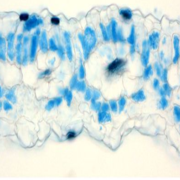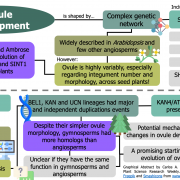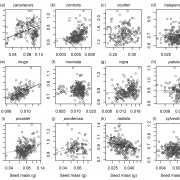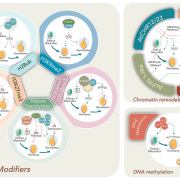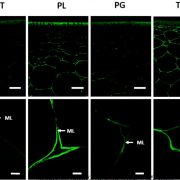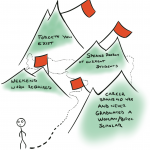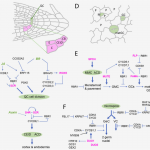Seed biologists beware: End-of-trial estimation of initial viability may be error-prone (preprints)
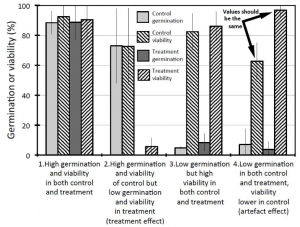 Assessing the viability of ungerminated seeds at the end of a trial is a common practice in seed germination experiments. By doing this, researchers aim to establish the number of viable seeds that were sown in an experiment and estimate germination parameters accordingly. Still, can we be sure that those seeds found to be unviable at the end of the experiment were always unviable? Here, Lamont and colleagues show us that we have reasons to be skeptical. For end-of-trial estimations of seed viability to be reliable, they should match those carried at the beginning. However, 16 out of 40 Leucadendron species exposed to different treatments exhibited different viability values depending on the assessment time, even in controls where viability changes were unexpected. These differences could not be explained by aging, given that cold-stored seeds exhibited minimal viability reduction. Therefore, seeds were assumed to have died during the experiment. Interestingly, seeds with low germination rates seemed to be more susceptible to this artifact, suggesting that the longer a seed remains ungerminated, the higher the probability it dies during the trial. Given this, this research provides fundamental guidelines about the use and proper interpretation of viability assessments in seed germination biology. (Summary by Carlos A. Ordóñez-Parra @caordonezparra) Preprints 10.20944/preprints202109.0256.v1
Assessing the viability of ungerminated seeds at the end of a trial is a common practice in seed germination experiments. By doing this, researchers aim to establish the number of viable seeds that were sown in an experiment and estimate germination parameters accordingly. Still, can we be sure that those seeds found to be unviable at the end of the experiment were always unviable? Here, Lamont and colleagues show us that we have reasons to be skeptical. For end-of-trial estimations of seed viability to be reliable, they should match those carried at the beginning. However, 16 out of 40 Leucadendron species exposed to different treatments exhibited different viability values depending on the assessment time, even in controls where viability changes were unexpected. These differences could not be explained by aging, given that cold-stored seeds exhibited minimal viability reduction. Therefore, seeds were assumed to have died during the experiment. Interestingly, seeds with low germination rates seemed to be more susceptible to this artifact, suggesting that the longer a seed remains ungerminated, the higher the probability it dies during the trial. Given this, this research provides fundamental guidelines about the use and proper interpretation of viability assessments in seed germination biology. (Summary by Carlos A. Ordóñez-Parra @caordonezparra) Preprints 10.20944/preprints202109.0256.v1


